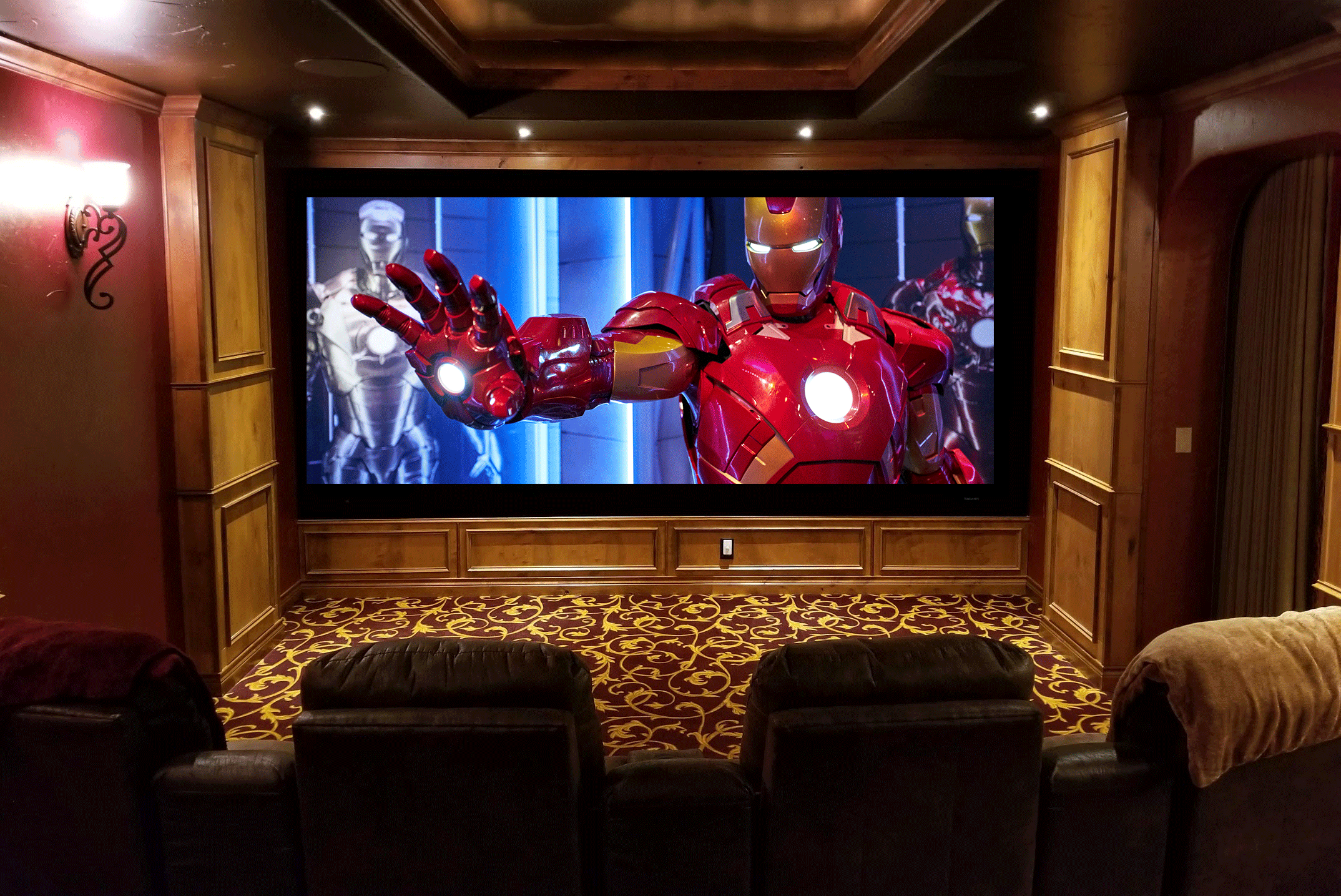Hi, in short, the LS60W. Just take a look at it, the LF driver array is much more compact and closer to the Uni-Q, so vertical directivity in the LF to MF crossover region in particular is wider, you can see this from the directivity contours in the LS60W white paper. Higher up in frequency, the midrange cone is smaller so it becomes directional higher in frequency. The baffle is also smaller, and in particular slimmer, so the tweeter doesn't need a shadow flare (waveguide continuation) to minimise diffraction, widening the directivity marginally. The tweeter is also smaller but with the phase plug it doesn't really matter too much as, together with the horn, it controls the tweeter's directivity and makes it more constant in both cases. I would only add that despite this, the R Series driver array and cabinet provide a particularly smooth directivity. The Uni-Q and the symmetrical array of LF drivers around it, as well as the slim cabinets are already an excellent package.


